"You have to be relevant to participate. Otherwise, you won't make it." The vision of Fred van Luijk, one of the directors of kalanchoe nursery Vilosa, is clear. And Vilosa is relevant. The merger last year of De Veranda and Solis Plant has made Vilosa a major player on the market.
Both nurseries were looking to expand. Fred, who previously was director of De Veranda, already had an extra location in Monster. “Together you are very powerful, it concerns a huge increase in scale. We started a conversation with Solis Plant. Just like with us, the follow-up was also ready to take over the management.” In the meantime, both nurseries have completely merged into Vilosa. “If you want to merge, you must be daring. Then you have to do everything, including real estate. It took us three years to fully integrate everything. Now we are one of the larger kalanchoe nurseries in the Netherlands.” Van Iperen, represented by advisors Arjan Spaans and Gerard Bok, paid Fred van Luijk a visit.
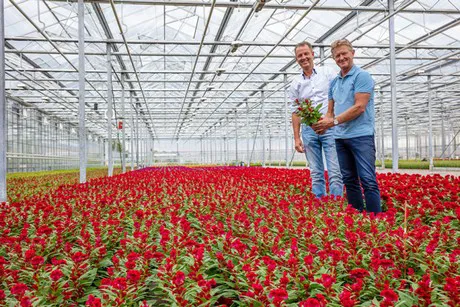
Cutting
The Netherlands produces 100 million kalanchoes every year. Vilosa cultivates around 15 million. “Eventually there will remain a number of large kalanchoe growers. We want to be the company with the most beautiful and most special plants. At the locations in Monster and 's-Gravenzande, we produce a total of 13.5 million plants a year. We produce the special varieties at the Honselersdijk location. There we grow 1 to 1.5 million plants per year. These are our ‘sweets’. The quality of the plants starts with the cutting. “We mainly source our cuttings from countries such as Uganda and Tanzania, but also from Turkey to spread the risk. We want our cuttings from at least three different countries. Our experience is that cuttings from those countries are the strongest. The growth and light conditions are very favorable there and the cost for labor and transport are low."
Medicine cabinet
At Vilosa, increasingly more use is made of biological resources. Fred: “With Kalanchoes it is very important that growth is controlled. The plant grows too fast before you know it. The current product for controlling growth will be phased out, but that applies to everyone. This makes the playing field level again and everybody has the same challenge." Arjan: "It is very important that there is a desire to experiment with biology. And at Vilosa there is that desire. As Van Iperen, they ask us a lot of questions, so we will get to work on them.”
Fred: “You continue to need chemicals, but only as a medicine cabinet. For example, we can fight lice biologically, but sometimes that just doesn't work or doesn't work anymore. Then we still need an authorized plant protection product, more or less as a correction or emergency measure. For example, if you are only allowed to use a chemical product once a year, that can be very demotivating. That's theory, that's not how it works in practice. You rather would not start with an integrated approach."
Excursions
To be even stronger, Vilosa cooperates with four other good kalanchoe growers. “We do the purchasing of, for example, plant protection products and fertilization together. We also purchase cuttings together. In time we also want to combine sales. "Van Iperen's role is prominent here: "We are going to share more knowledge. That means to make excursions to each other’s greenhouse. Van Iperen plays a leading role here. The knowledge must be recorded and evaluated, so that we reach a higher level, in particular with regard to the use of biology."
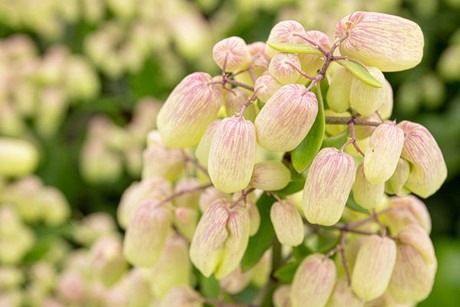
Arjan: “We also need to look broader than only pest control. Everything is linked together. You can also influence growth through your fertilization strategy, you don't necessarily need a resource for that. Fertilization is sometimes also crop protection, which is increasingly becoming similar."
Fred: “I believe that we will use light much more in the future. We now have assimilation lighting. But with LED lighting, you can also influence growth by playing with colors. The plant grows less fast in blue light. It grows faster with red light. Then you can put the plant under blue light at the beginning and slowly make the light more red. This way we can influence and control growth with light and fertilizer and a minimal amount of plant protection products.”
Durability is very important for Vilosa. That is why Vilosa Planet Proof is certified. Fred: “We look very critically at what we do throughout the entire chain, from cutting production to delivery to the customer. All our locations are also registered for participation in geothermal heat projects when that starts. It would be nice if we could actively contribute to a greener horticultural sector.”
Sleeves
From this summer, Vilosa has new sleeves from Van Iperen. “We have all kinds of sleeves, in all colors and sizes. We work with three segments for the customer, each with its own brand name. A basic segment, Catchy. And two segments on top of that, Le Chic and Calandiva. In addition, we also have our own brand for the auction clock, Le Bloom, so as not to disrupt the direct trade. Each brand has its own sleeve matching the segment. We stand for good quality, so the sleeves do radiate that. We also have paper sleeves for customers who are interested in that. We consciously opted for that. ”The design of the sleeve was conceived together with advertising agency Speax. The plant passport on the bottom of the sleeve is mandatory. The number refers to the nursery, so that the origin of a plant can always be traced. It also contains guidelines for the use of the plant. Arjan: “Over the course of the process, the design has slightly been adjusted, so that it perfectly suits Vilosa and the products. Vilosa also works with pot sleeves, especially for the special varieties. The sleeves look very nice, people could even place them on the window sill.”
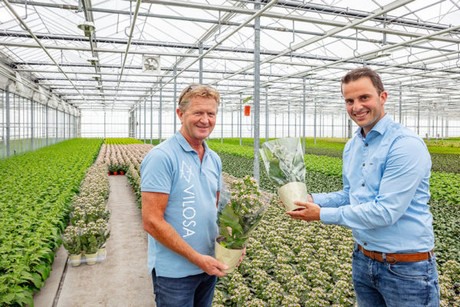
Trends
According to them, it is possible to respond to trends through the sleeves. “You cannot respond to actual trends with the breeding of new varieties. That process is too long. You do need three to four years for a new variety. By using the sleeves and choosing the right varieties from the current assortment, you can keep up with the trends. ”Vilosa purchases the sleeves from Van Iperen because of the price and the existing mutual trust. Gerard: “We work with multiple suppliers. Most sleeves are produced in Vietnam and China, but we also have suppliers in Europe to serve the customers with short delivery times. Every factory has its strong points. At Vilosa we have chosen for the best supplier in order to guarantee quality, in particular for the machine sleeves. And the sleeves really must be good. If something is wrong and the machine jams, the advantage of a cheaper sleeve is quickly gone. "Fred:" Van Iperen is doing well. If they do not do well, they will hear that from their customers, so they really are not careless with their work." Arjan emphasizes this: "You also have to keep communicating with each other. Then you keep each other sharp."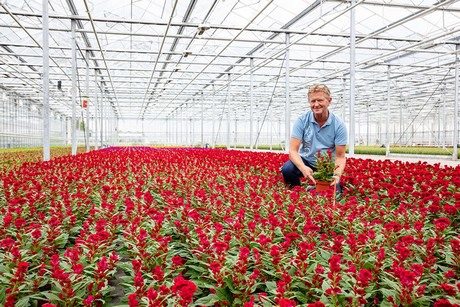
For more information: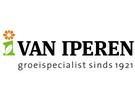
Van Iperen
Smidsweg 24
3273 LK Westmaas
The Netherlands
T: +31 (0)186 - 57 88 88
www.iperen.com
